Minimalism Promises Calm But Delivers Complexity
Step into any sunlit, pared-back living room and it seems like the world’s worries melt away. Minimalism looks so serene—until you try to live it. People are drawn to “less is more” because it promises peace, clarity, and a home that feels like a retreat. But the reality is messier. The journey starts with a hard look at everything you own, and that’s never just about stuff; it’s about memories, habits, and who you think you should be. Minimalism isn’t just about clean lines—it’s about confronting what you’ve been holding onto, and why. It’s about accepting that sometimes, the hardest thing to part with is the past version of yourself. This is why so many people get stuck at the first step and why the glossy magazine shots rarely match our lived experience. The real story of minimalism is one of emotion, not just aesthetics.
Decluttering Is Emotional, Not Just Practical
Decluttering is marketed as a quick fix: toss what doesn’t “spark joy” and you’ll magically feel lighter. But the process runs deeper. According to the National Association of Professional Organizers, more than half of Americans feel overwhelmed by their belongings. That’s not a storage problem—it’s an emotional one. Each item you pick up might trigger nostalgia, guilt, or a pang of uncertainty. Even a chipped mug or faded photo can anchor us to a moment, making it tough to let go. Imagine standing in your hallway, knee-deep in donations, and realizing each thing you release feels like losing a small piece of your life story. True decluttering requires patience and, sometimes, self-compassion. It’s not about being ruthless; it’s about being honest with what you need to feel at home. The weight we carry isn’t just physical—it’s emotional, too.
Minimalist Decor Often Means Bigger Budgets
People assume minimalism is the affordable path—just buy less, right? In reality, the minimalist look can carry a hefty price tag. High-quality, timeless furniture doesn’t come cheap. A neutral, perfectly proportioned sofa can cost more than $2,000, and even simple Scandinavian-style shelving is rarely a bargain. Designers know that getting the “effortless” look means investing in durable materials and craftsmanship. There’s a hidden exclusivity here: not everyone can afford a home filled with oak, linen, and hand-thrown ceramics. The quest for the “perfect” lamp or rug can lead to endless shopping, ironically fueling the very consumerism minimalism claims to reject. Minimalism, as seen in design magazines, often belongs to those with the means to curate their space with precision. For many, creating a minimalist home means making tough choices—either settle for less durable pieces or stretch the budget in hopes of a bigger pay-off when it’s time to sell.
Open Spaces Can Feel Cold, Not Cozy

The dream: sunlight streaming across empty floors, walls bare except for a single, striking artwork. The reality: sometimes, open spaces feel less like a sanctuary and more like a waiting room. Research from the Journal of Environmental Psychology reveals that overly minimal rooms can actually spark feelings of loneliness and discomfort. Without the right balance, a minimal home risks becoming sterile, not serene. A living room with just two chairs and a coffee table might look chic online, but in real life, it can feel empty—like you’re missing something vital. Warmth comes from layers: a textured throw, a favorite book on the nightstand, or a plant perched in the corner. Minimalism isn’t about stripping away personality; it’s about letting your home breathe without losing its heartbeat. The best designers add back softness and character, so open spaces feel inviting, not isolating.
Effortless Living Is a Myth
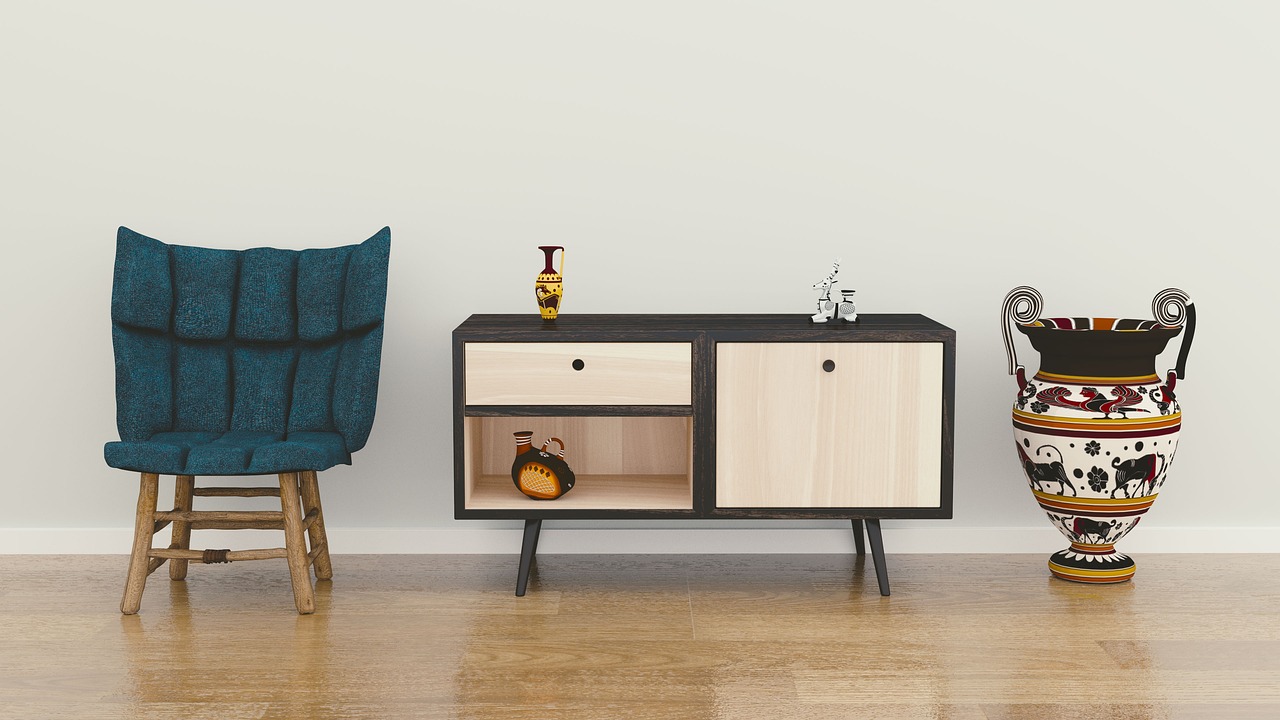
Minimalism is sold as a shortcut to a simpler life, but anyone living it knows it’s more like a maintenance routine. Every belonging is scrutinized—does it serve a function or add beauty? Surfaces must stay clear. Closets get regular purges. The work never really stops. For families or busy professionals, keeping clutter at bay is a constant challenge. The pressure to have a “perfectly minimal” home can breed stress, not peace. Imagine coming home after a long day and noticing a stray pair of shoes or a pile of mail—it can feel like your sanctuary is slipping away. The truth is, minimalism is not a one-time project but an ongoing commitment. It asks you to be vigilant, to make choices every day about what stays and what goes. For many, the upkeep can be as draining as the clutter ever was.
Social Media Sets Unrealistic Minimalist Standards
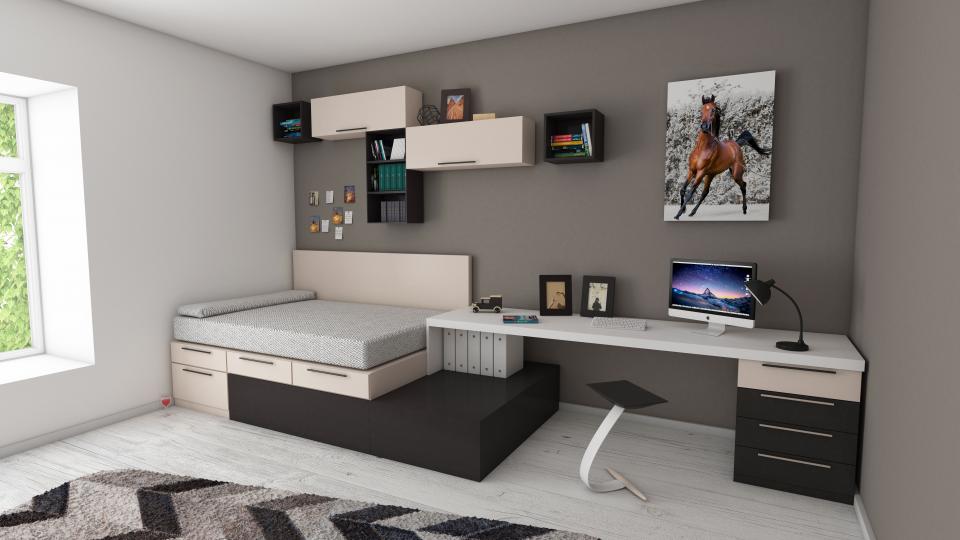
Scroll through Instagram and you’ll see endless feeds of flawless, light-filled rooms with not a stray sock in sight. These images set an impossible standard. Real life is messier. The pressure to match these perfectly curated homes can leave people feeling like they’re always falling short. It’s easy to forget that what you see online is often staged—sometimes for hours, with props and professional lighting. This comparison trap turns minimalism from a personal journey into a performance. Instead of finding joy in your own space, you measure yourself against a highlight reel. Home should be about comfort, not competition. The best designers advise focusing on what feels good for you, not what looks good on a screen. Minimalism is not a contest, and your home should reflect your life, not someone else’s grid.
Minimalism and Sustainability Don’t Always Align
Minimalism is marketed as eco-friendly, but the truth is more complicated. While owning less can reduce waste, the trend often encourages buying new, “perfect” pieces instead of making do with what you have. According to the Ellen MacArthur Foundation, the furniture industry is a major contributor to landfill waste. Tossing old items in favor of fresh, minimalist decor can unintentionally fuel this problem. True sustainable minimalism means shopping second-hand, repurposing, and choosing materials that last. It’s not about a flawless white sofa—it’s about a sofa that tells a story and stands the test of time. The heart of home design is about stewardship, not just style. By blending minimalism with conscious consumption, you can create a space that’s as gentle on the planet as it is on your eyes.
Minimalism Can Crowd Out Personality
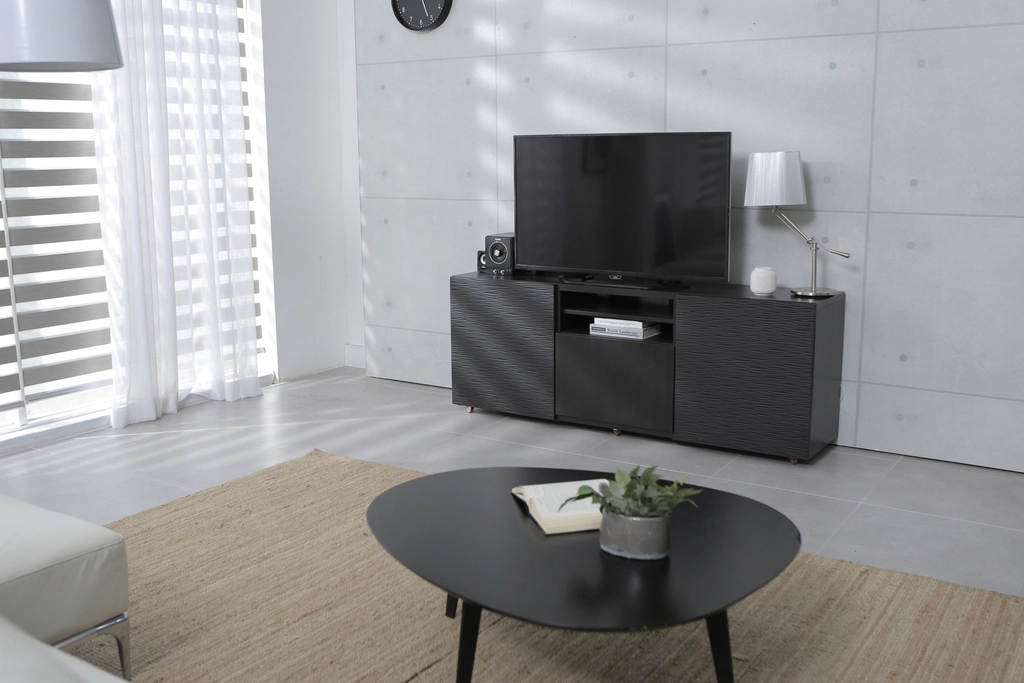
There’s a risk that, in chasing the minimalist ideal, you erase what makes your home uniquely yours. Designers warn against stripping away every quirk and color. A room without books, photos, or mementos can feel generic—like a hotel lobby rather than a home. Personal treasures are more than clutter; they’re reminders of who you are and what you love. The most memorable spaces balance restraint with resonance, letting a favorite painting or a hand-me-down chair take center stage. Minimalism works best when it’s used as a frame, not a filter. Your story deserves to be visible, not packed away in storage. The best homes blend simplicity with soul, proving that less can still mean more—especially when it comes to meaning.
Minimalism Versus Maximalism Isn’t Black and White
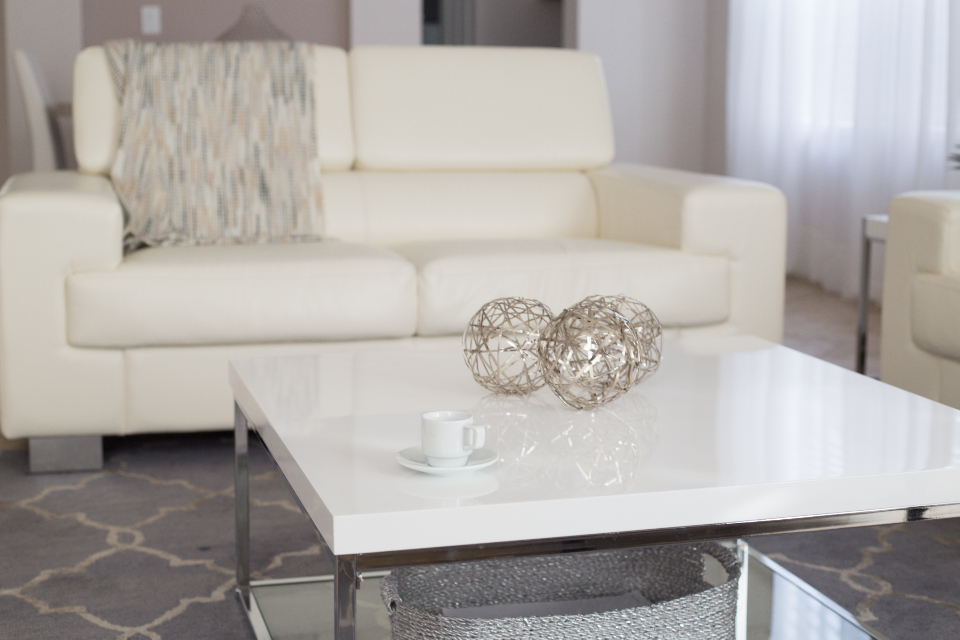
It’s tempting to put homes in boxes: minimalist or maximalist, sparse or stuffed. But most of us live somewhere in between. Many of today’s most inviting spaces feature a thoughtful mix of clean lines and personal artifacts. Designers often use the term “curated minimalism”—a style that leaves room for story and surprise. You might see a crisp, white kitchen warmed up with vintage stools or a sleek bedroom softened by a riot of houseplants. This blend honors both clarity and comfort. It proves that you can have breathing room without feeling empty. The magic happens when you let your home evolve, adding and subtracting as your life changes. Minimalism doesn’t have to be rigid; it can flex to fit your needs.
Minimalism Is Deeply Personal, Not Prescribed
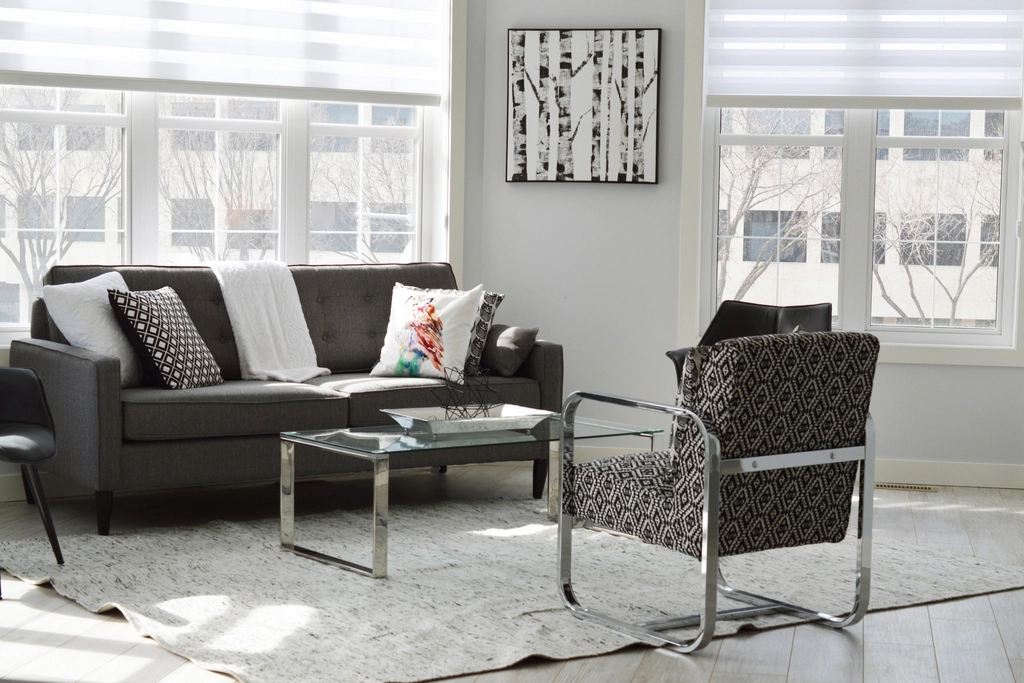
At its core, minimalist living isn’t about copying a look—it’s about creating a space that reflects your real priorities. For some, that means clear counters and hidden storage. For others, it’s a gallery wall of family photos or a reading nook surrounded by books. The truth that no one admits? There is no universal formula. The best minimalist homes are those that feel lived-in, loved, and genuinely yours. Minimalism is not a rulebook; it’s a framework for choosing what matters most. Your version should serve your happiness, not someone else’s expectations. The only standard that counts is how your home feels when you walk through the door.

A visionary in modern design, Nate Berkman is known for his ability to blend timeless elegance with personal storytelling. With years of experience in high-end interiors, his book Living with Style explores how to create meaningful spaces that reflect individuality.
